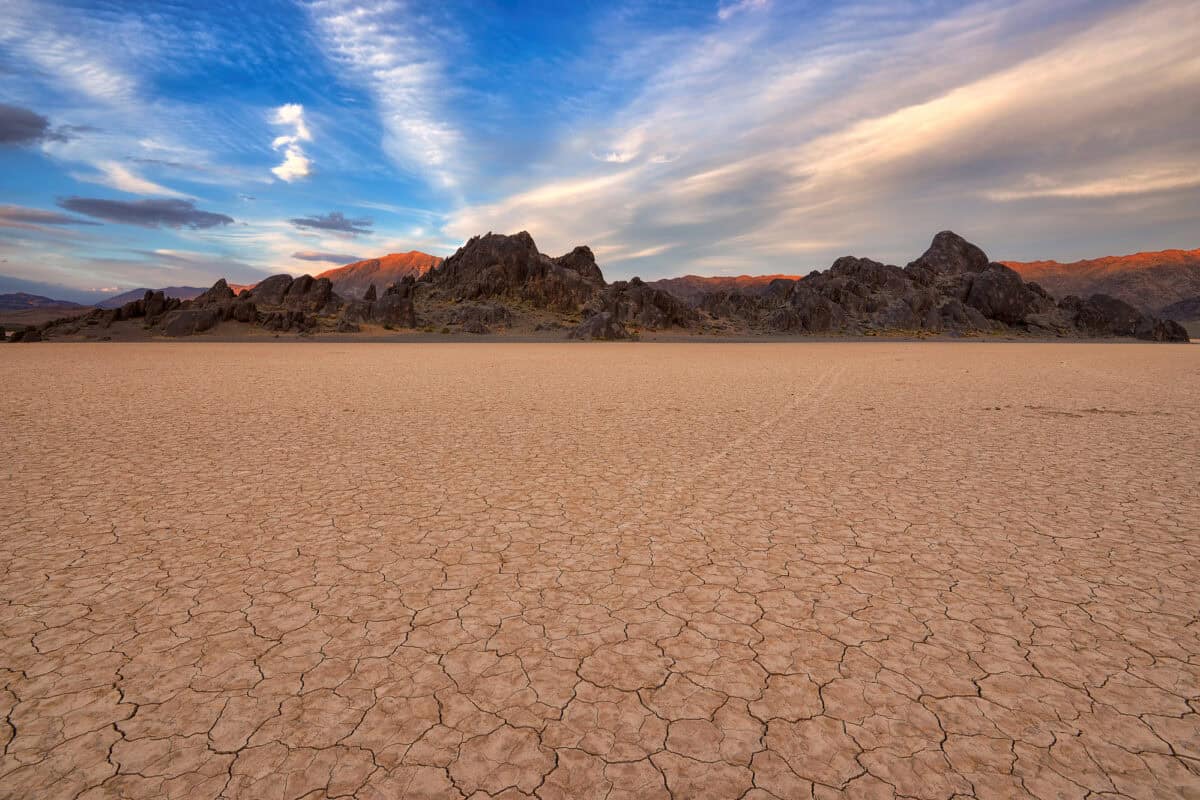Deserts have always fascinated us with their extreme and unforgiving climates. Among all the challenges they pose, high temperatures are perhaps the most daunting. In the United States, the scorching heat in desert regions has reached barely imaginable extremes. This article delves into the details of the hottest temperature ever recorded in the US desert, exploring the science, history, and consequences of such heatwaves.
The Record-Breaking Day

On July 10, 1913, the Furnace Creek Ranch in Death Valley, California, recorded the highest air temperature ever on Earth: a blistering 134 degrees Fahrenheit (56.7 degrees Celsius). This record, which has been officially recognized by the World Meteorological Organization, stands as a testament to Death Valley’s reputation as one of the hottest places on the planet.
The Unique Geography of Death Valley

Death Valley’s extreme heat is primarily a result of its unique geography. It is a long, narrow basin that sits below sea level with high, steep mountain ranges on either side. The basin traps heat that is further intensified by solar heating and minimal air movement. These conditions, combined with the area’s sparse vegetation and lack of cloud cover, create the perfect recipe for deadly temperatures.
Why Death Valley Soars in Temperature

The geography of Death Valley helps in trapping the sun’s heat. The valley’s floor is covered with rocks and sand that collect solar energy throughout the day. Moreover, the desert air is dry, which means there’s little moisture to absorb the heat. This dry environment allows temperatures to rise far higher than in regions with more humidity or vegetation.
Historical Temperature Records
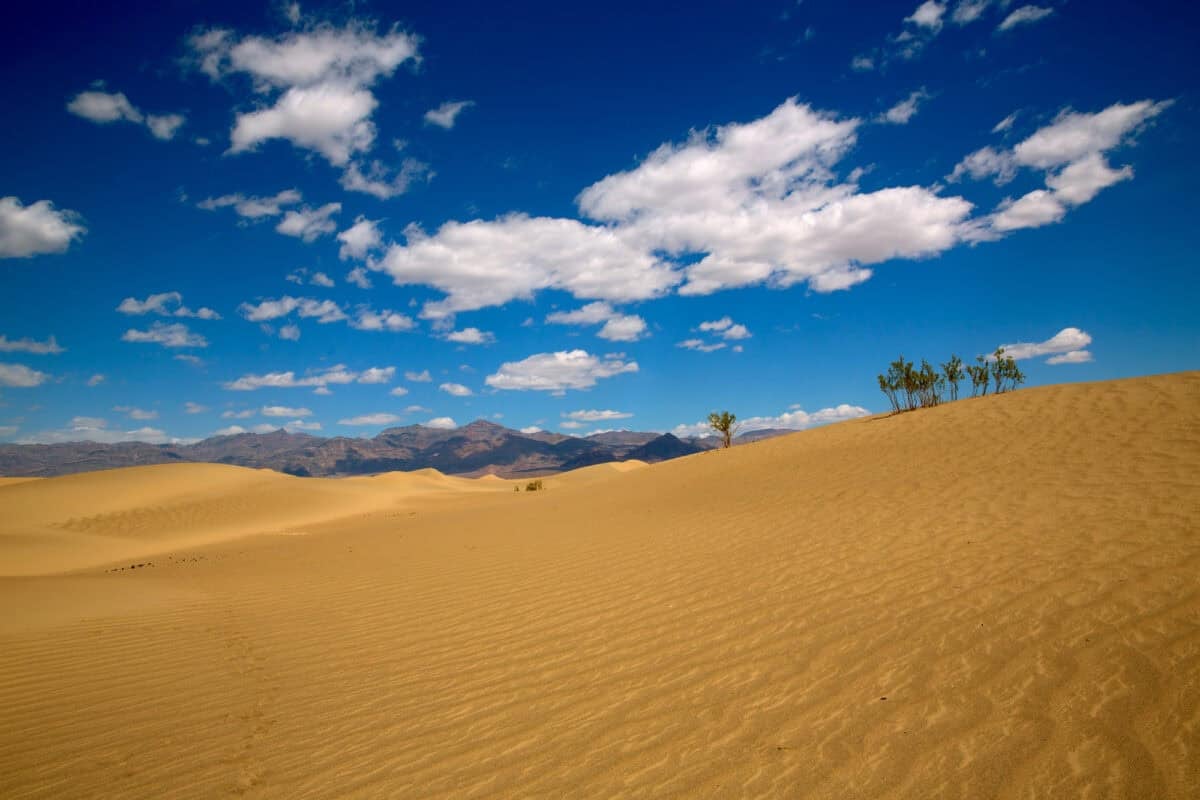
While Death Valley holds the current world record, previous claims of incredibly high temperatures in other parts of the world have been invalidated over time. For example, a previous record from El Azizia, Libya, was debunked due to instrumentation error, further cementing Death Valley’s position as the ultimate hot spot.
The Science Behind Measuring Extreme Heat
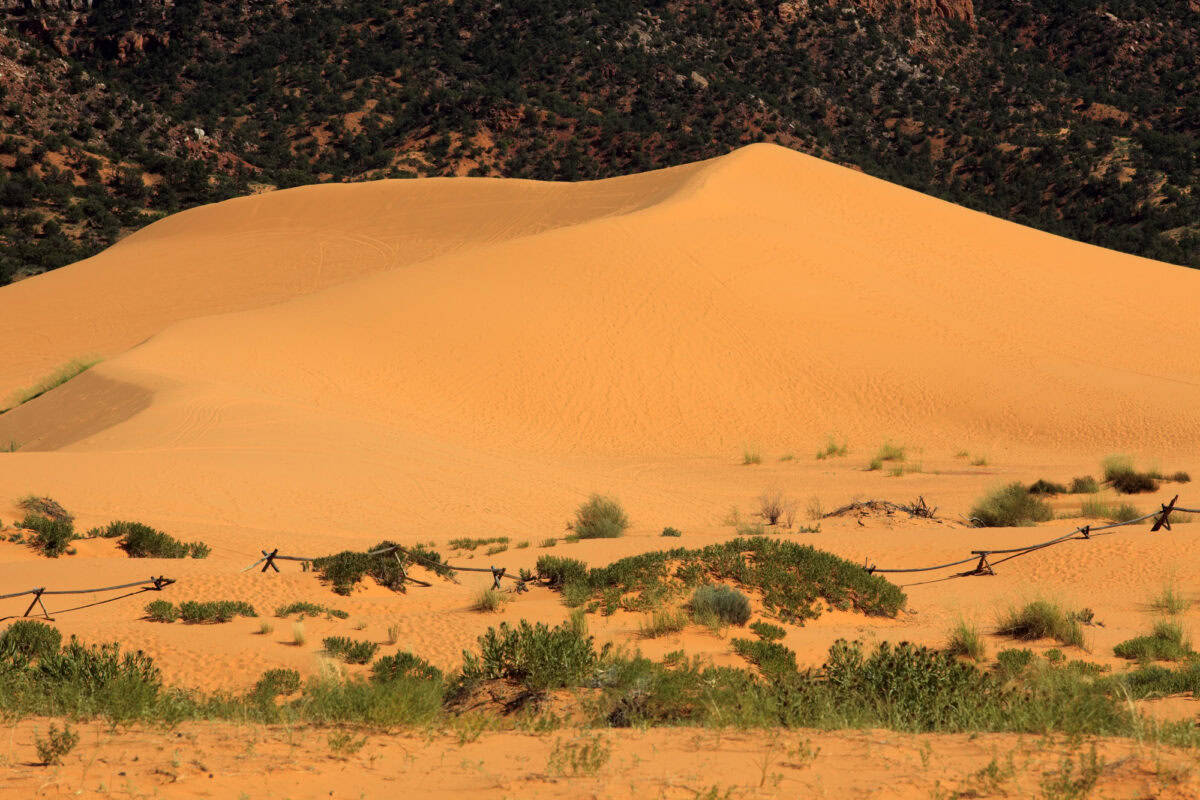
Measuring extreme heat requires precise instruments that can function reliably under harsh conditions. Meteorologists use thermometers housed in Stevenson screens, designed to allow in ventilation but keep out direct sunlight, to ensure accurate readings. Advances in satellite technology now also help verify ground-based observations due to their broader coverage and consistency.
Impacts of Extreme Heat on the Environment

Extreme temperatures like those in Death Valley can have far-reaching environmental impacts. They contribute to the desertification process, influence local weather patterns, and even affect global climates. Such heat can lead to the loss of biodiversity as flora and fauna struggle to adapt to the rising temperatures.
Human Adaptation and Survival in High Heat

Living in an area as hot as Death Valley requires significant adaptation. Residents of the region see high energy costs due to air conditioning needs and contend with water scarcity. Moreover, individuals often plan their activities during the cooler parts of the day to minimize exposure to the oppressive heat.
Effects of Climate Change on Desert Heat
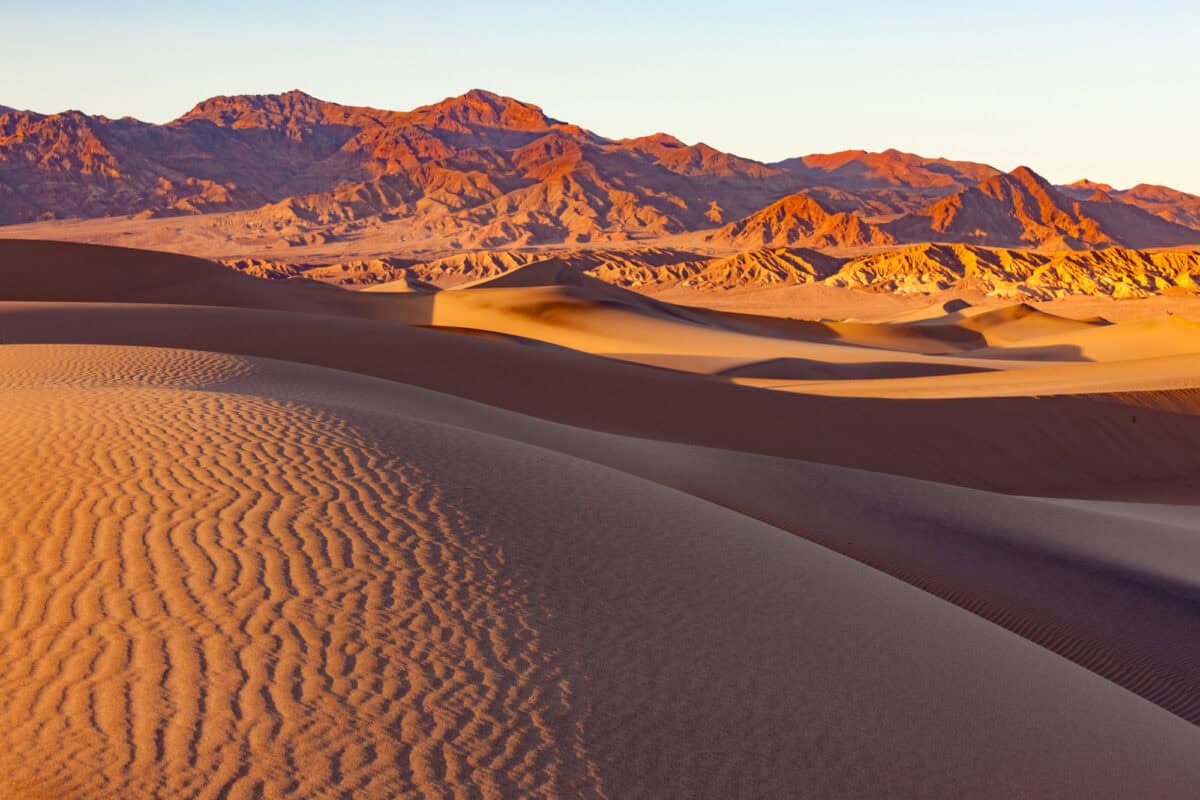
Climate change poses the threat of exacerbating already extreme temperatures, potentially leading to even hotter heatwaves in desert regions. This warming trend could create more frequent and severe heat events, altering ecosystems and challenging human habitability.
Tourism in Death Valley

Despite its brutal environment, Death Valley attracts numerous tourists each year, many eager to experience the extreme heat firsthand. The national park offers unique landscapes, like the Mesquite Flat Sand Dunes and Badwater Basin, the lowest point in North America, which provide a stark beauty that draws visitors from across the globe.
Precautions for Visiting Death Valley
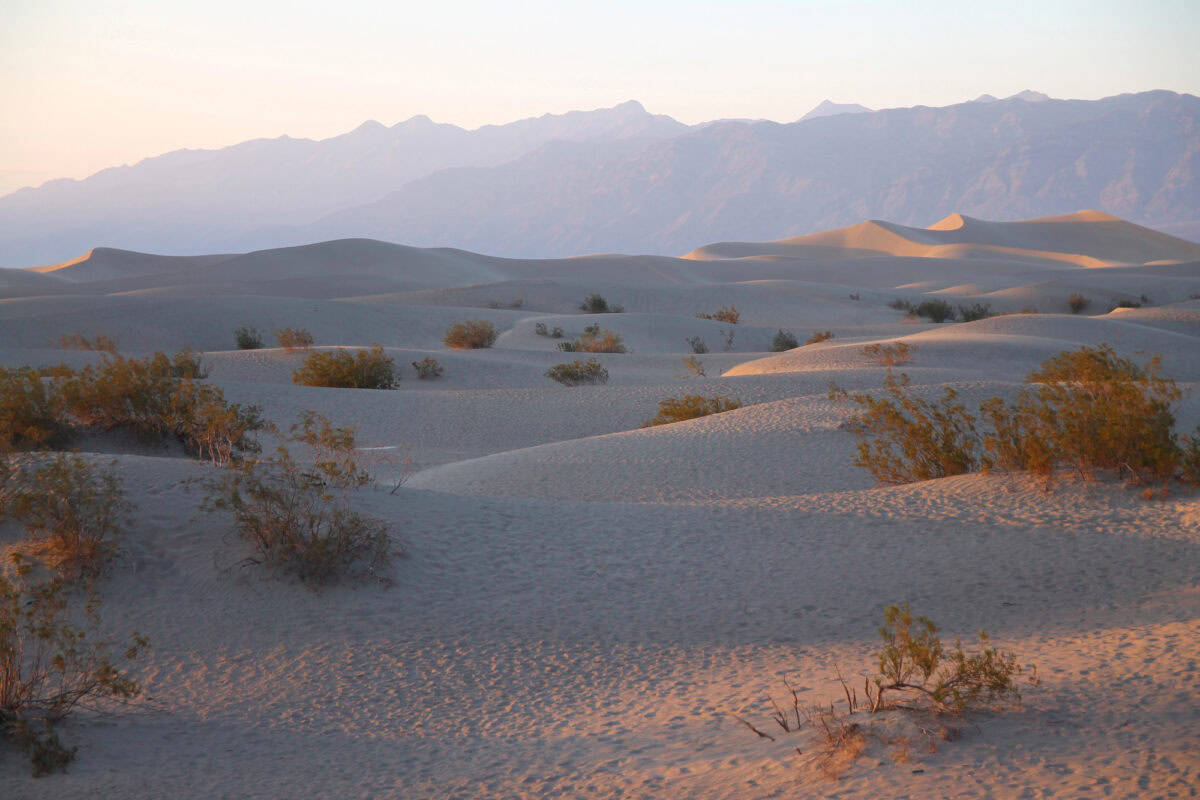
Visitors to Death Valley are advised to take numerous precautions to deal with the heat. Drinking plenty of water, wearing sun-protective clothing, and planning outdoor activities in the early mornings or late evenings are essential strategies for surviving a visit. National Park officials also stress the importance of carrying enough water and being prepared for vehicle breakdowns in remote areas.
The Role of Weather Services

National weather services play a critical role in monitoring temperatures, issuing heat warnings, and advising on safety precautions. They use a network of sensors and satellites to forecast temperature extremes, helping to prevent heat-related illnesses and emergencies by providing timely information to the public.
A Symbol of Resilience

Despite its unforgiving nature, Death Valley is a symbol of resilience. It harbors a surprising variety of life, from hardy plants to resilient wildlife species that have evolved to thrive in one of the most life-challenging environments on Earth. This desert teaches us about the incredible adaptability of nature.
Conclusion:

The story of Death Valley’s record-breaking heat provides us with insight into the delicate balance of natural systems and the effects of our changing climate. As we contemplate the challenges posed by extreme weather, Death Valley serves as a reminder of nature’s power and the ongoing need to understand and adapt to our planet’s dynamic climate.
- The Hottest Temperature Ever Recorded in the US Desert - August 9, 2025
- 14 Myths About Horses (Busted by Experts) - August 9, 2025
- Why Orcas Are Outwitting Great White Sharks Near the California Coast - August 9, 2025

